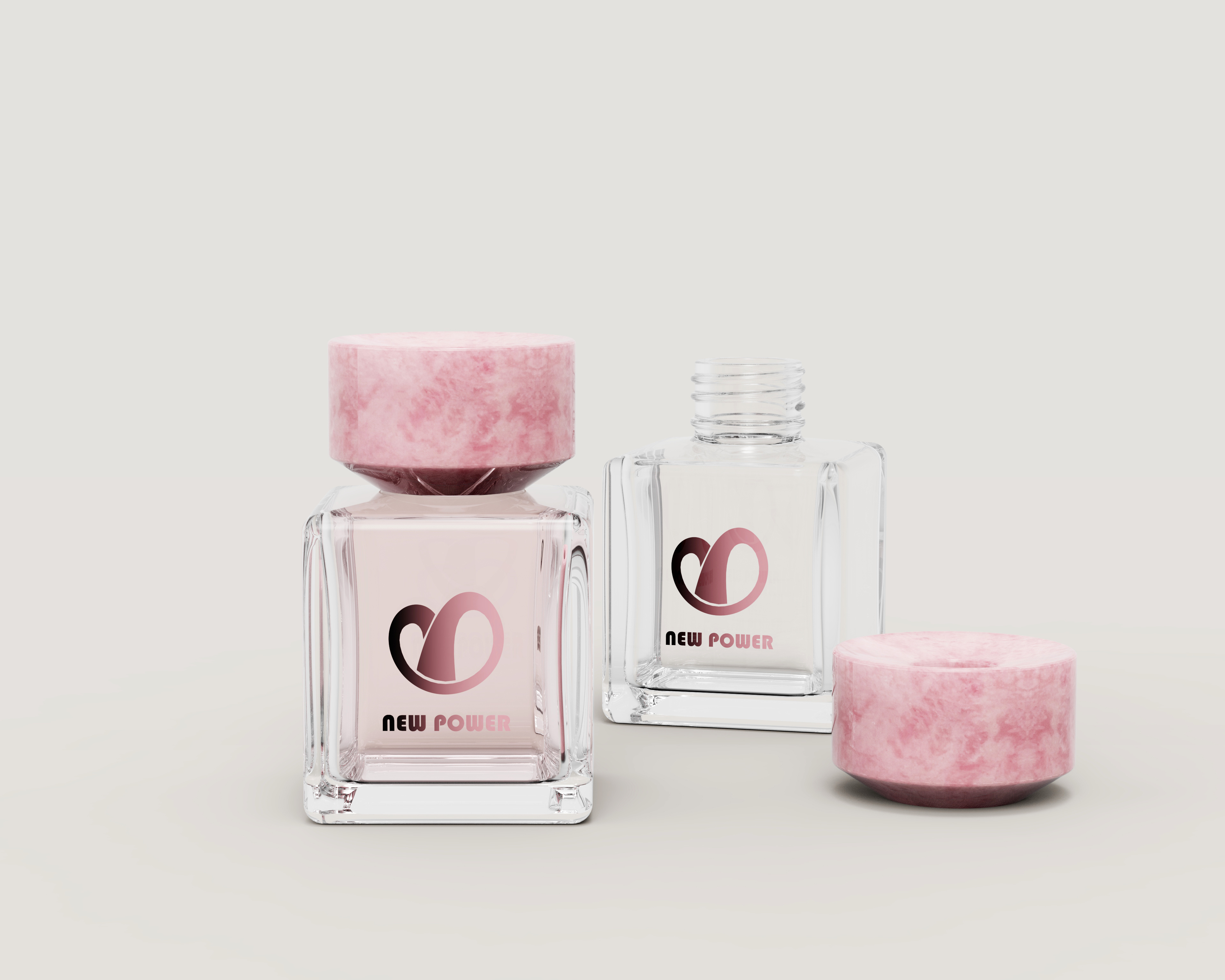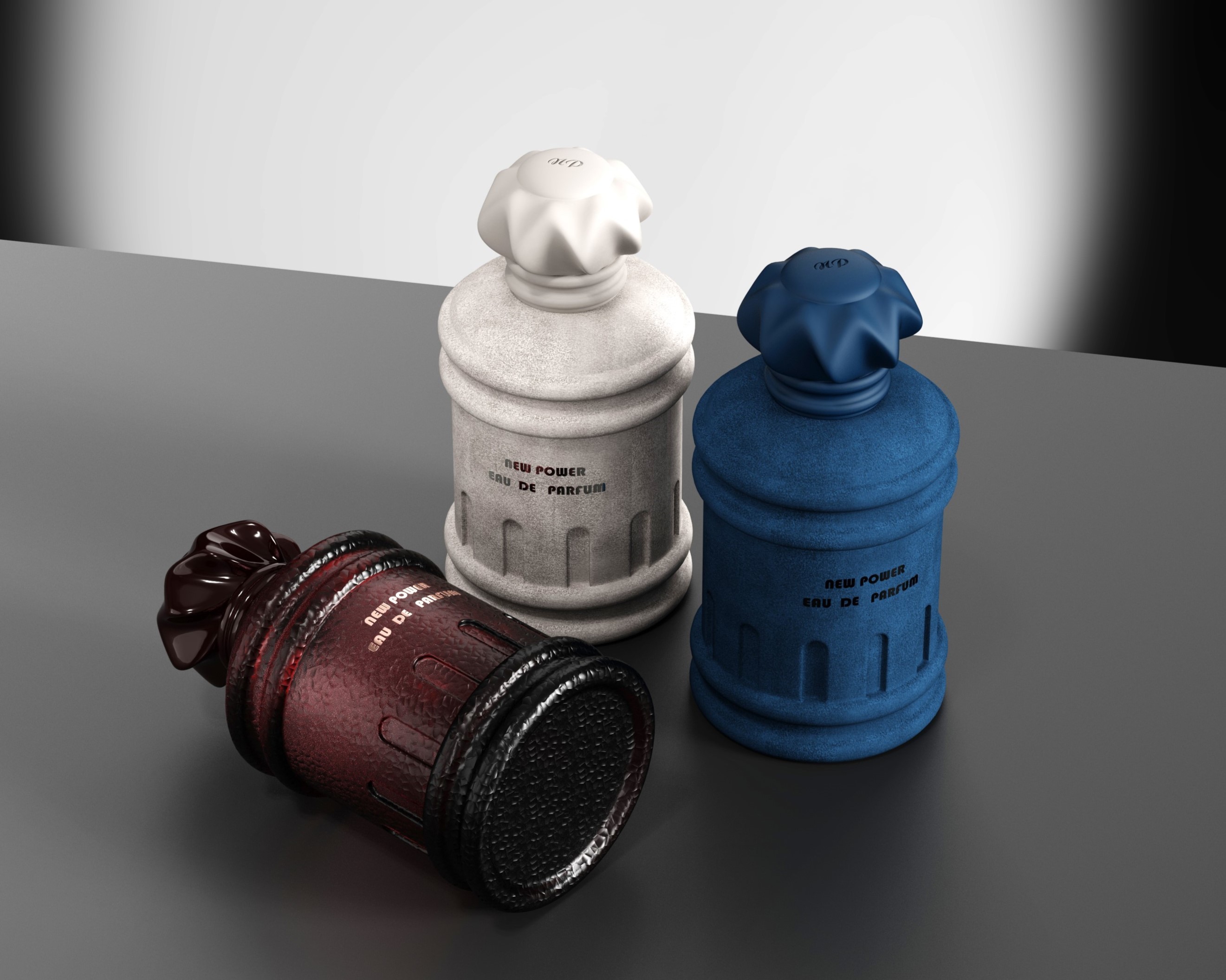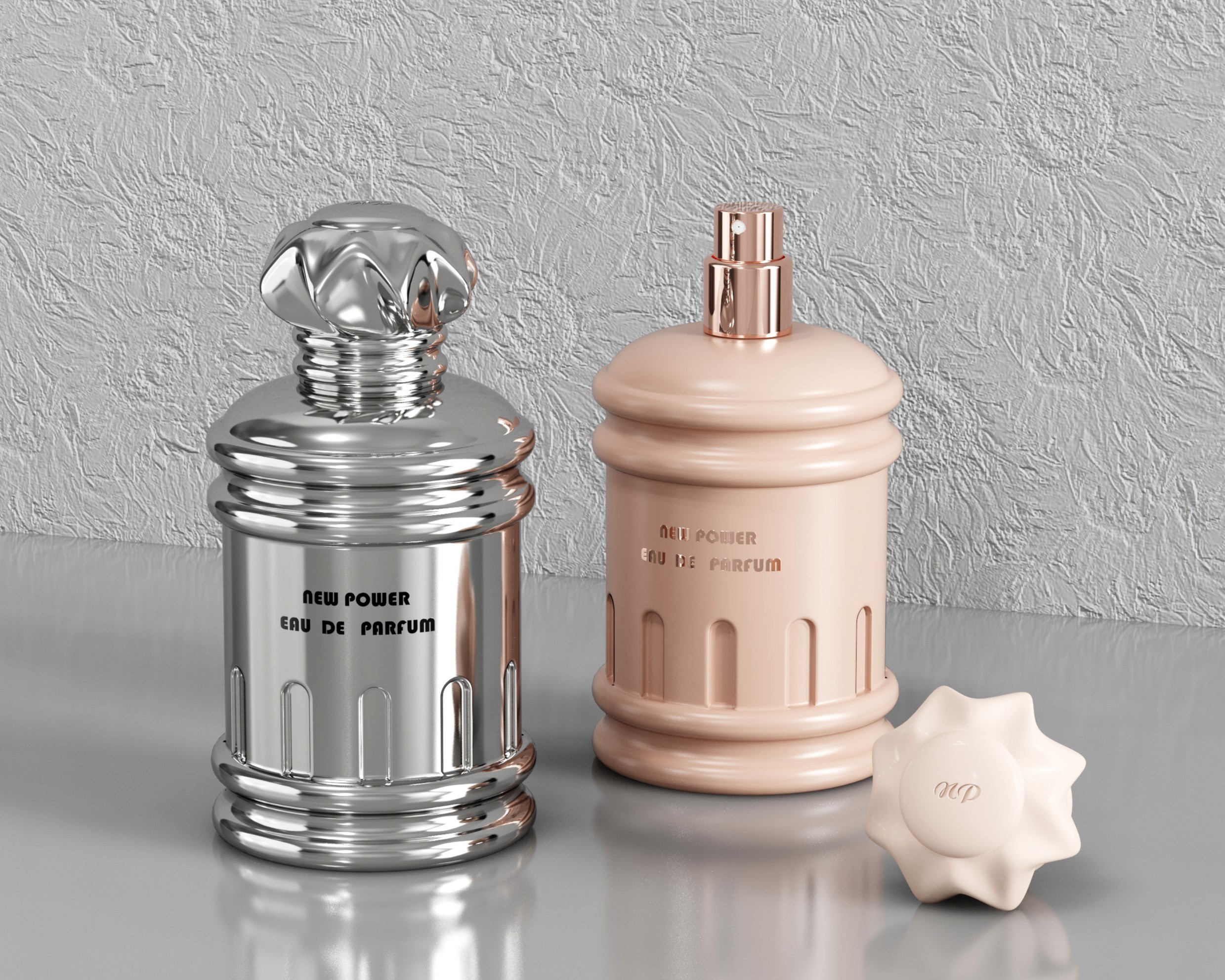Perfume Bottle Design Analysis Report
Time:
2025-07-01
Perfume Bottle Design Analysis Report
I. Introduction
In the perfume market, perfume bottles have long transcended their role as mere containers, becoming an important carrier of brand image and a key factor in consumer purchasing decisions. Exquisite and unique perfume bottle designs not only attract consumers' attention but also interpret the essence and style of the perfume, conveying the brand's cultural values. This report will conduct an in-depth analysis of perfume bottle design from multiple dimensions, exploring its design elements and market value.
II. Core Elements of Perfume Bottle Design
(1) Shape Design
Perfume bottle shapes are diverse and serve as a key means for designers to express creativity and perfume themes. Classic shapes include simple geometric forms, streamlined curves, and designs inspired by natural or concrete objects. For example, the bottle of Dior J'adore perfume features a slender cylindrical shape with a golden wide collar, exuding an elegant and luxurious aura that perfectly aligns with the perfume's message of feminine confidence and grace; while the bottle of Guerlain's One Thousand and One Nights perfume draws inspiration from Islamic architecture, with its curved lines and intricate floral designs, perfectly capturing the mystical charm of the East.
From a psychological perspective, different designs evoke distinct emotional responses in consumers. Smooth, curved shapes evoke feelings of tenderness and romance, appealing to those who seek sensuality and elegance; while angular geometric shapes convey simplicity, modernity, and rationality, appealing more to consumers who prefer fashionable and individualistic styles. Additionally, unique shapes can stand out on shelves, creating a visual focal point and enhancing the product's recognisability and appeal.
(2) Material Selection
The material of a perfume bottle directly affects its texture, weight, and durability. Common materials currently available on the market include glass, crystal, plastic, and metal.
Glass is the most commonly used material for perfume bottles, offering advantages such as high transparency, good chemical stability, and ease of processing and shaping. Ordinary glass bottles have relatively low production costs, making them suitable for mass-market products; however, some high-end perfume bottles use thick-walled glass, increasing the bottle's thickness and weight to enhance its texture and perceived quality. Crystal is an upgraded version of glass, featuring a higher refractive index that creates dazzling refraction effects within the bottle, making the perfume appear more alluring. It is commonly used in high-end luxury perfume brands, such as the crystal bottle of Chanel No. 5, which is crystal-clear and exudes elegance.
Plastic perfume bottles offer advantages such as lightweight, shatter-resistant, and low cost, making them widely used in travel-sized perfumes and those targeting younger consumer groups. However, plastic has a relatively weaker tactile quality and faces environmental concerns. Metal is typically used for bottle caps and decorative components, such as gold or silver caps that add a luxurious touch. Metal also offers superior durability and sealing properties.
(3) Colour and Decorative Design
Colour is a highly expressive element in perfume bottle design, directly conveying the theme and emotions of the perfume. Fresh and delicate perfumes often use cool tones like light blue and pale green, evoking a sense of freshness and naturalness; while rich and passionate perfumes typically use warm tones like red and purple, conveying passion and romance. For example, the bottle of Jo Malone's Bluebell perfume features a light blue hue that complements the fresh scent of bluebells, creating a pure and ethereal atmosphere.
Decorative design further enhances the artistic value and uniqueness of perfume bottles. Common decorative techniques include engraving, frosting, decals, and gold foil stamping. Engraving creates intricate patterns and textures on the bottle surface, adding depth and artistic flair; satin finishing gives the perfume bottle a soft, ethereal beauty while improving its tactile feel; decals and gold foil stamping highlight brand logos and patterns in a more prominent manner, reinforcing the brand image.
III. Perfume Bottle Design and Brand Culture
(1) Shaping Brand Image
Perfume bottle design is a crucial component of brand image building. A successful perfume bottle design effectively communicates the brand's positioning and values. For example, the bottle design of Hermès Niloticus Garden Perfume is simple and elegant, combining transparent glass with a green cap, reflecting Hermès' consistent pursuit of natural, elegant, and high-quality brand image; while the bottle design of Gucci Guilty Perfume features a bold and avant-garde black and gold colour scheme, embodying Gucci's fashionable, sensual, and rebellious style.
(2) Conveying Cultural Significance
Perfume bottle design often carries rich cultural significance. Many brands draw inspiration from history, regional culture, and art, incorporating cultural elements into their perfume bottle designs. For instance, the bottle design of Diptyque's Dune perfume draws inspiration from the architectural style of the French Riviera, with a simple square bottle paired with a white label, conveying the cultural essence of French romance and elegance; The bottle design of Orlane perfume resembles a laboratory reagent bottle, reflecting the brand's rigorous attitude towards perfume production and its pursuit of the purity of raw materials, showcasing a unique perfume culture.
IV. Market Trends and Future Development Directions
(1) Market Trends
As consumers' aesthetic standards continue to rise and market competition intensifies, perfume bottle design is increasingly moving towards personalisation, simplicity, and environmental sustainability. Consumers increasingly seek unique, personalised products, prompting brands to launch limited-edition and customised perfume bottle designs to meet these needs. Meanwhile, minimalist-style perfume bottle designs are gaining popularity, with their clean lines and pure colours aligning with modern aesthetic preferences. Additionally, heightened environmental awareness is driving brands to prioritise sustainability in material selection and packaging design, with recyclable materials and minimalist packaging emerging as new directions.
(2) Future Development Directions
In the future, perfume bottle design will increasingly focus on the integration of technology and art. With the development of 3D printing technology, perfume bottle shapes will become more diverse and personalised, enabling the creation of more complex and unique designs. Additionally, smart technology may be applied to perfume bottle design, such as bottles with temperature sensors or fragrance concentration displays, offering consumers a new user experience. Furthermore, the integration of cultural elements will become more profound, with the collision and exchange of different cultures providing more innovative inspiration for perfume bottle design.
V. Conclusion
Perfume bottle design is a comprehensive artistic creation process involving multiple design elements such as shape, material, colour, and decoration, while also being closely linked to brand culture and market demand. Excellent perfume bottle design not only protects the perfume and facilitates use but can also serve as a work of art, attracting consumers to purchase and enhancing brand value. In the future, perfume bottle design will continue to innovate to adapt to market changes and consumers' increasingly diverse needs, continuing to play a significant role in the perfume market.
The above report provides a comprehensive analysis of all aspects of perfume bottle design.





